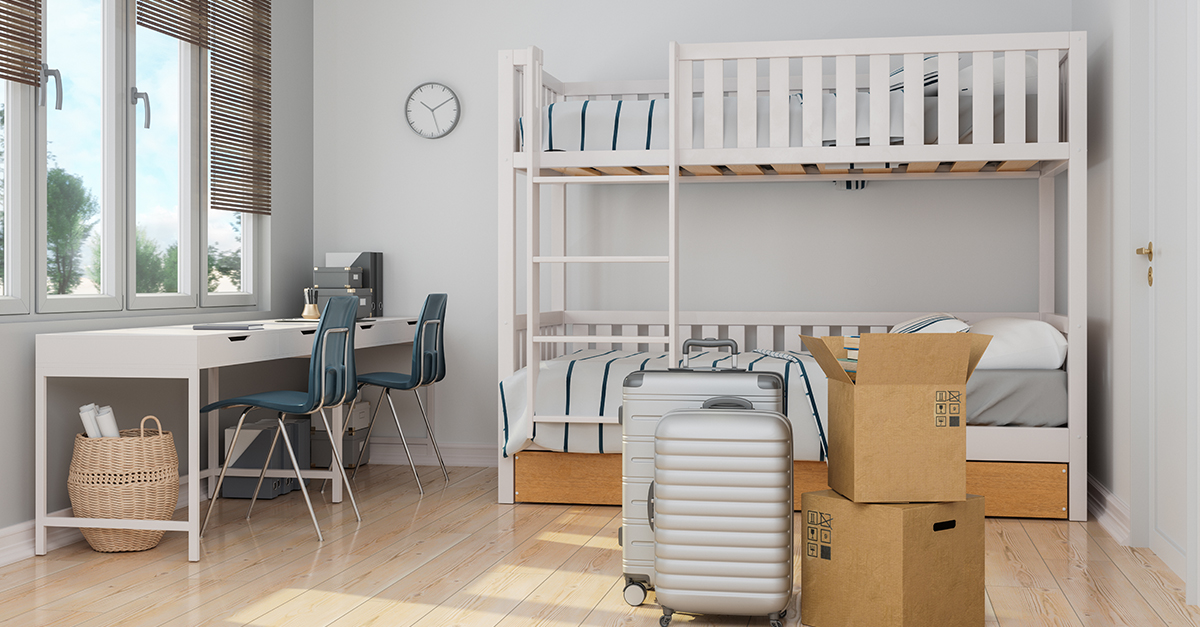Every summer, residence halls across college campuses undergo a rapid transformation, but few outside of facilities and custodial teams understand the urgency behind the scenes. While students pack up and head home, many dorms transition almost immediately to become housing for summer campers, athletes, or conference guests. This nonstop cycle leaves little time for deep maintenance and resets.
Still, creating a welcoming, functional living space by fall move-in day is nonnegotiable. Students and parents often form first impressions based on the cleanliness and condition of their residence hall, making summer turnover one of the most visible and high-stakes facility tasks of the year.
Start the process early
Resetting dorms isn’t just about speed; it’s about sequencing. Building a detailed turnover timeline before the academic year ends is key. Facility professionals should work closely with housing and student life teams to confirm all move-out and move-in windows, including dates for nontraditional summer occupants.
Identifying these gaps early allows for smarter planning. For instance, the short period between final exams and summer camp arrivals (often late May to early June) is one of the most uninterrupted windows available and is a great time for intensive projects like floor refinishing or full-suite deep cleans.
Synchronize custodial and maintenance schedules
Even the best timelines can fall apart without cross-departmental coordination. Establishing a shared task matrix helps ensure that maintenance and custodial crew schedules don’t overlap or delay one another. Whether teams are painting, extracting carpets, replacing fixtures, or cleaning vents, sequencing matters.
Many institutions are moving toward integrated project dashboards or software platforms to better coordinate resources and reduce downtime. For smaller campuses, regular check-in meetings between department heads can be equally effective.
Prioritize by impact and access
Not all tasks require an empty building, but some absolutely do. Use limited downtime to tackle projects that demand full access, such as floor stripping/waxing, HVAC filter changes, plumbing inspections, and room-by-room disinfection.
Deferred maintenance issues identified during the academic year, like water stains, failing caulk lines, or chipped paint, should be logged, mapped by room or floor, and addressed systematically. Preventive maintenance can also reduce repair calls during the school year and help custodial staff maintain higher baseline standards.
August is for polishing, not panicking
While most heavy lifting should happen earlier in the summer, August is ideal for final inspections and touch-ups. Minor repairs, spot cleaning, and final walkthroughs ensure that dorms feel fresh, not just functional. This phase is especially important for spaces that host summer programs and may have experienced wear-and-tear after initial resets.
Custodial teams often benefit from rotating crew assignments during this period to bring “fresh eyes” into each space before move-in.
Consider external support
If staffing limitations, multiple construction projects, or short windows make summer resets difficult to manage in-house, many institutions turn to third-party providers to bridge the gap. Outsourcing key services like floor care, specialty cleaning, or high-volume room turnover is one way to stay on schedule without overextending internal teams.
When doing so, it’s important to establish clear scopes of work, schedules, and quality check protocols. External partners should be treated as extensions of the internal team and aligned on expectations and deadlines.
For facility and custodial teams, summer isn’t a break — it’s a race. But with detailed planning, interdepartmental coordination, and smart use of the calendar, the race doesn’t have to be chaotic. A structured approach to dorm resets ensures a smoother transition, stronger first impressions, and greater student satisfaction come fall.




